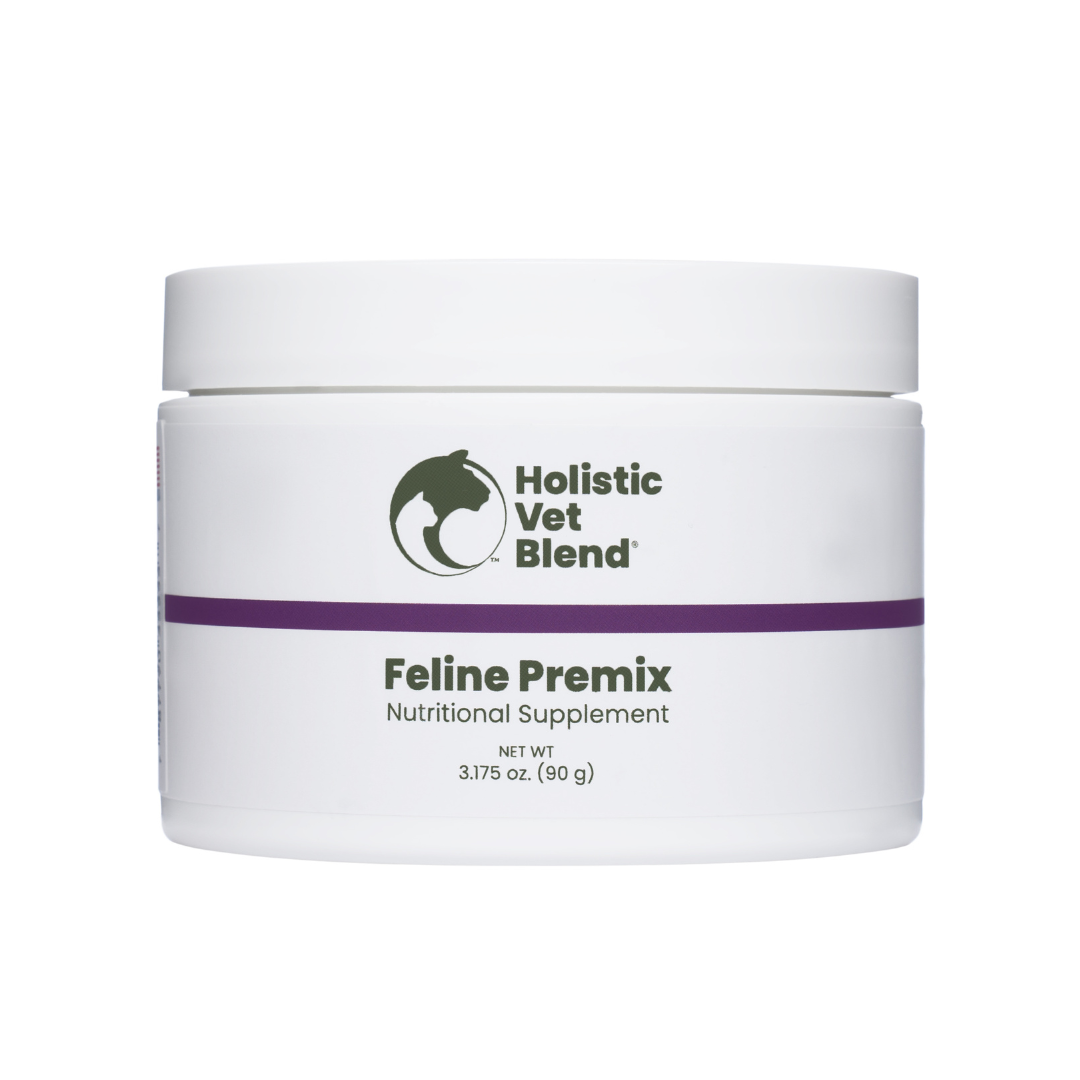Dog Walking Tips and Tricks | Senior Dogs
As our dogs enter their senior years, keeping them active and healthy is essential. Exercise for senior dogs can be beneficial in many ways. Still, it is necessary to understand the balance between how much exercise an older dog needs to stay healthy and to prevent injury, but not overdo it.
Keeping moving as we age is critical for us and our dog's health. A recent study highlighted how dogs with regular exercise were less prone to dementia. Another well-known study showed that dogs that are exercised are leaner and live almost two years longer.
I often hear people stop walking their dogs because they fear it is detrimental to their condition. Although this makes sense after a flareup of a situation, it mainly contributes to dogs' downward spiral when they don't move. Staying still more often causes weakness, which causes more stiffness and muscle atrophy leading to more strain on the joints, more pain, and more lying around.

As dogs age, they undergo many changes that pose challenges for exercise:
- Increased pain and arthritis
- Muscle mass decline
- Cognitive decline
- Conditions that make exercise difficult: collapsing trachea, laryngeal paralysis, obesity
- Barriers such as stairs, hills, uneven terrain
- Altered sleep-wake cycles.
All of these changes influence their motivation to exercise. So, what can we do?
1. Check with your veterinarian to ensure your pet's pain is managed. Implement joint health supplements and natural remedies when possible, and if needed prescription pain medications. Ask your veterinarian for a referral to a veterinarian or therapist that specializes in physical therapy for animals.
2. Make sure their nails are not overgrown. Long nails place a lot of stress on their posture and feet.
3. Keep moving but start small. A journal will help you keep track of your progress. Work towards moving for 20 minutes. Try to work up to doing this twice daily.
4. Break it up into 5-10 minutes twice daily. Ideally, work up to 30 minutes twice daily, but you may have to break it up further to 15 minutes 4X per day.
5. Warm them up with an invigorating massage. Put a warm jacket on if the weather dictates.
6. Walk on low-impact surfaces.
7. If your pet is susceptible to heat, walk early morning and later at night to avoid the heat.
8. Use an assistive device such as the Help 'Em Up Harness to climb stairs and offer stability during transitions.
9. If your dog won't go or keeps stopping on the walk, try going to the park and sniffing around. How long can they go? Walk and entice with treats if you have to.
10. It may start as a walk and sniff, but if this is all they do, it is enough. While I'm not a huge fan of dog parks, they can be stimulating for some older dogs to explore.
11. Finish your walk with two basic stretches: Stair stretch, Shoulder extension.
12. Add an essential balance exercise or two, and you have a basic exercise program. The actual balance exercise is 3-legged standing and Cavaletti's.
Improved balance decreases the risk of injury and is very important to maintain.
Watch our latest youtube video!













